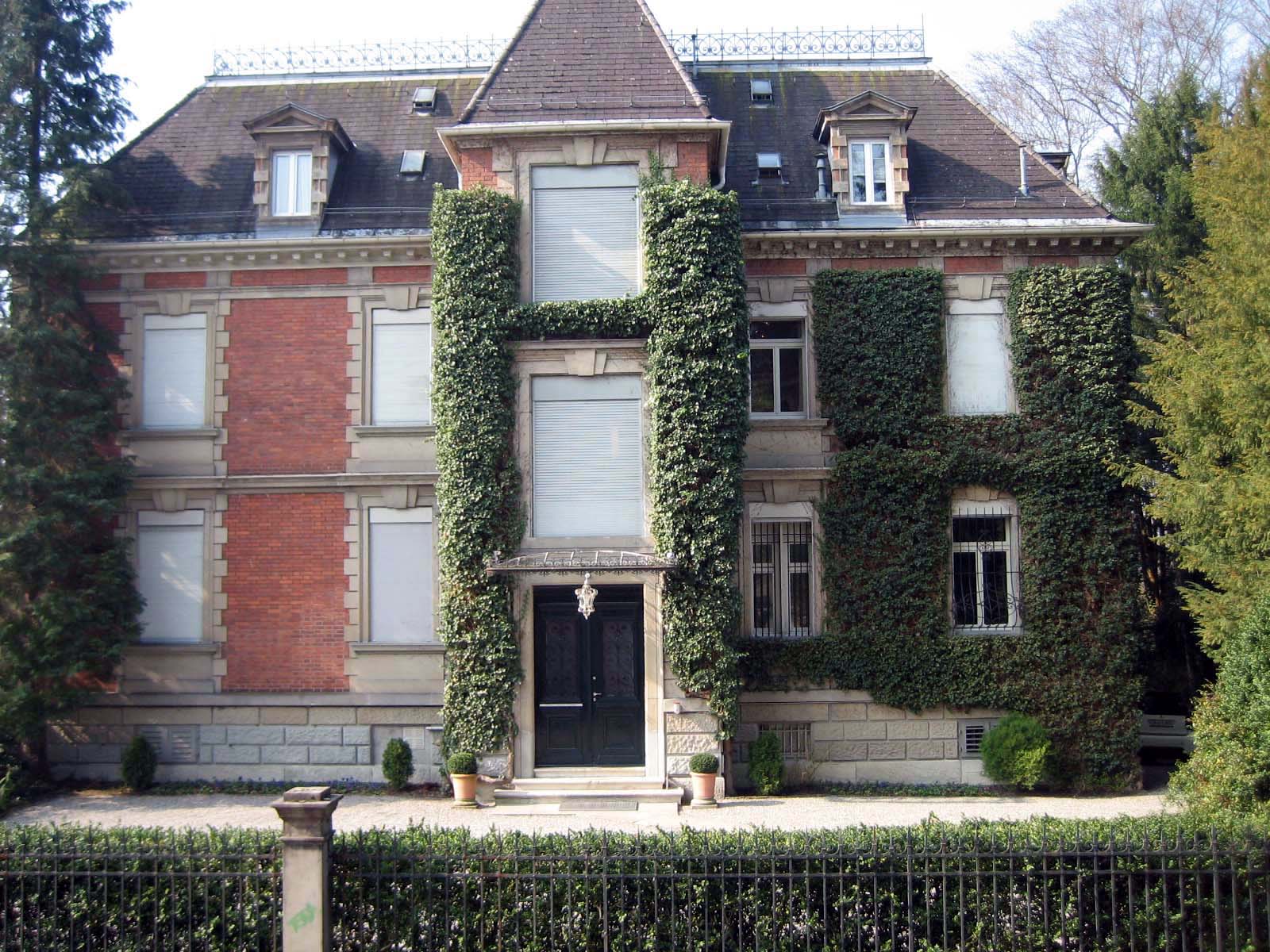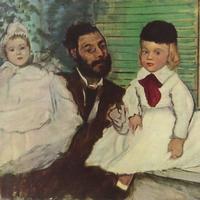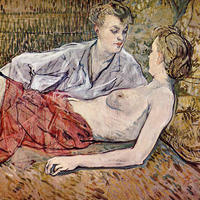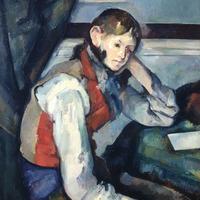More about Foundation E.G. Buhrle Collection
Works at Foundation E.G. Buhrle Collection

Sr. Contributor
The E. G. Buhrle collection of impressionism and post-impressionism could just be another case of sticky fingers with good taste.
German-Swiss arms dealer Emil Georg Buhrle has been called the “Swiss Merchant of Death” for his controversial role in playing both sides during WWII, and in particular for supplying Nazi Germany and Fascist Italy with weapons. Furthermore, his friendship and business association with Hitler’s right-hand man and mass art thief, Hermann Goering, has raised questions as to the collections origins. 13 paintings were determined to have been plundered from Jews in occupied France and were restituted to their families (9 of these were later re-purchased by the foundation). A traveling exhibit of the collection in Washington DC garnered protests and media frenzy over Buhrle’s shady Nazi past and suspicious provenance of the works.
The museum was also the site of one of the World’s most dramatic heists in 2008, when masked gunmen raided the museum in broad daylight, making off with a Cezanne, Degas, Monet, and van Gogh valued at $180 million. All four paintings were subsequently recovered, though the Cezanne and Degas were missing until 2012. Looks like the door of theft swings both ways.
Concerns that the 19th-century Swiss villa (a former home adjacent the Buhrle residence) did not have adequate security for a collection of such value has led to a plan to enfold the works into the Kunsthaus, Zurich’s municipal art museum. The expansion project to make room for the Buhrle collection has sparked new protests from Jewish rights groups over possible roots in Nazi theft. To add insult to injury, historical maps suggest the new wing is being built over a centuries old Jewish cemetery. The museum board should ask the San Francisco Art Institute about the dangers of messing with poltergeists.
Featured Content
Here is what Wikipedia says about Foundation E. G. Bührle
The Foundation E. G. Bührle Collection (Stiftung Sammlung E. G. Bührle) is an art museum in Zürich, Switzerland. It was established by the Bührle family to make Emil Georg Bührle's collection of European sculptures and paintings available to the public. The museum is in a villa adjoining Bührle's former home. In 2021 many works were exhibited on 20-year loan in almost a whole floor of the new extension of the Kunsthaus Zürich museum. There was controversy due to suspicions that many works were looted from Jews by Nazi Germany.
The foundation was managed for decades by Bührle's son Dieter, who was sentenced to a conditional prison term of 8 months in 1970 for supplying weapons to the racist apartheid regime in South Africa.
Check out the full Wikipedia article about Foundation E. G. Bührle













